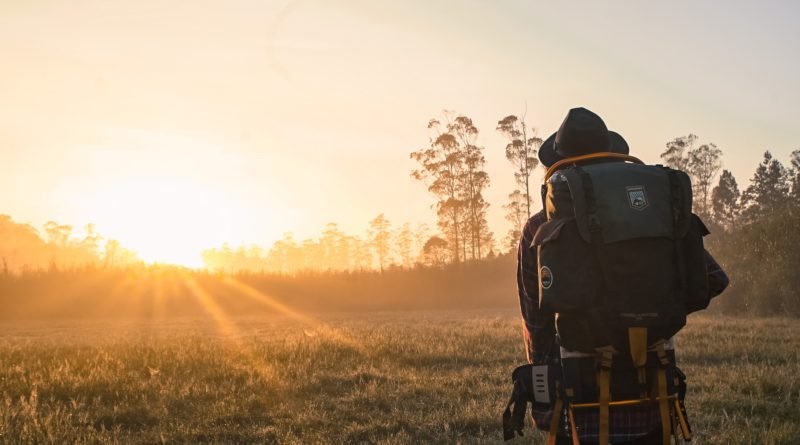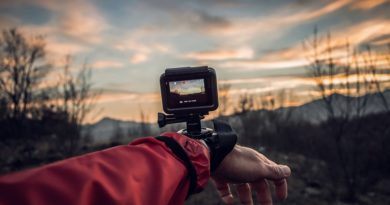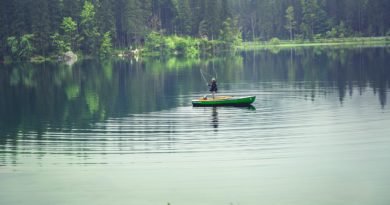Last modified on July 21st, 2020 at 4:52 am
A Solo Backpackers Guide to Outdoor Hiking
Sometimes we all need a moment alone. To escape our busy lives, gather our thoughts and center ourselves. Getting outdoors, exploring the world and hiking are great ways to unwind and escape for a while. Embarking on a solo hiking trip can be liberating and life changing. This guide will help you prepare for your journey.
Have the Right Gear
Having the right gear is essential. A quintessential component to your gear must be at least one knife. It needs to be reliable, dependable, and a general-purpose blade that can perform all tasks efficiently, from cutting trees, preparing food, and self-defense. Use reputable knife makers such as Lamnia to find the perfect knife for your solo hiking trip.
The correct choice of clothing is vital. Have the right clothing for your environment. Also be prepared for a sudden change in climate and temperature, especially in mountainous terrain. Make sure you have warm, waterproof clothing to protect you from the elements.
Equally important is the right footwear. Make sure you have the right shoes or boots for hiking.
If you plan for a trip overnight make sure you have the correct sleeping bag. Determine the lowest temperature you are most likely to encounter on your trip and choose a bag that performs adequately at that temperature.
Also, make sure that you have the correct tent and make sure you are comfortable erecting the tent before setting off. It would help if you had a backpack with which you can carry all your gear. It needs to be strong and comfortable.
Prepare Yourself
Hiking is extremely strenuous on your body. It is physically and mentally demanding. Make sure you are fit and in good physical condition. Running, cycling and swimming are excellent methods of cardiovascular activities to build up your fitness levels for the hike.
Focus on your strength, too, after all. You have a lot of gear to carry. You do not have to sign up for a gym contract, lift heavy weights, and use fancy gym equipment either. There are many excellent strength training techniques you may use at home, utilizing your body weight.
This includes push-ups, pull-ups, and planks. Ensure you are physically healthy before embarking on your trip. More importantly: know your limits. Having a general idea of how fit you are and knowing how much you are capable of will mean you can set yourself realistic goals.
Know What to Expect
You can never have too much information about the area you will hike in. Do your research, study maps, read books, and talk to people who know the area. Know the climate and weather patterns of your environment. This will help you prepare accordingly with regards to what equipment and clothing you will need. Adequate hydration and nourishment are of critical importance. Ensure you have enough water and food provisions with you.
Plan for Emergencies
Always prepare for the worst and the unexpected. Make sure you keep at least one person informed about your journey should things go wrong. A fully charged cell phone is the most critical piece of emergency equipment you can have in the event of needing to contact someone.
If your hiking area is outside the cell phone signal, consider carrying a PLB (Personal Locator Beacon). This is a small, lightweight device and when activated, transmits a distress signal which is detected worldwide by the global satellite system and is then relayed to the appropriate emergency services. Make sure you always have an essential survival and medical kit with you to look after yourself until help arrives.




